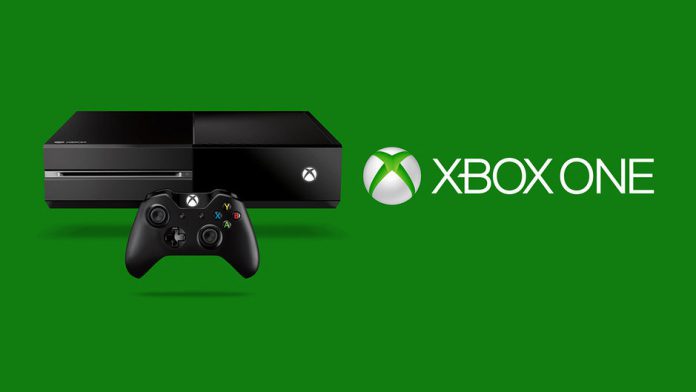1 Xbox One Strategy2 Sony Gains, but does Microsoft win?
Before tackling the issue of Microsoft’s Xbox One vision and strategy failure, Mehdi’s blog post on LinkedIn over the weekend shed some valuable insight into what Microsoft has learned. The company suffered a customer backlash and it taught some lessons within Redmond: “My learning is that you cannot create fans, you have to earn them…our team has embarked on the journey to build a fan-centric culture at Microsoft…you really focus on doing the right thing for your customers…Doing the right thing is not always the easiest thing and that will be the truest test of your values. We heard their feedback…we changed Xbox One to work the same way as Xbox 360 for how our customers could play…This experience was such a powerful reminder that we must always do the right thing for our customers.” In a tactic that is familiar from Microsoft, the company tried to push its ideas onto consumers. Indeed, the last decade shows a line of excellent ideas killed because Microsoft’s often awful strategy for implementing them. It’s naivety at best and anti-consumerism at worst. Of course, Mehdi is admitting as much in his post, at least the naivety part. He now says the company understands that a conversation must be started with the customer. This dialog allows a gradual implementation of an idea. We are seeing this gradual strategic play with Windows 10, following the overly pushed Windows 8. “Many companies treat the initial transaction with the customer as the most important part of the journey. Any fan-centric company should treat that as just the starting point. In fact, every interaction with the customer after that is more important.” Instead of chasing paradigm shifts in a given market, Microsoft is now focusing on evolution of services. Hopefully.
Xbox One Strategy
With the unprecedented backlash and media coverage at the time of the Xbox One launch, it is easy to believe Microsoft’s plans were terrible. They were not … at least not all of them. Let’s start with the bad. The idea of an always-online console that did not allow used games was worrying considering how vibrant the used game market is. Microsoft’s plan was not a disaster, it had some logic. However, always online meant the console would need a connection to perform. This takes away some magic aspects of gaming, such as being able to play anywhere with a TV, internet or not. Gamers are a conservative bunch. The idea of letting go of their physical games for a digital and streaming revolution was not appealing, especially so quickly. Yes, they want streaming and Microsoft is delivering it now, but not at the rapid rate the company was selling it for. Also, the idea of the Xbox One as a do-it-all set top media box was interesting. Again, Microsoft is still pursuing these goals and expanding the platform to be more integrated with Windows 10 too. At the time the Xbox One launched, gamers believed they were being placed second in a race for casual gamers.
Sony Gains, but does Microsoft win?
It seems when gamers are pissed off, they buy PlayStation’s. Microsoft’s ill-advised strategy was Sony’s gain as the PlayStation 4 launched and sold in high numbers. It was a much more focused gaming machine and customers bought into it. So much so that the PS4 amassed a major market lead and will likely win the 8th generation of home consoles. I have previously written that while Sony has likely won the battle, Microsoft may be winning the war. While Sony has been content to largely sit back on the gaming-focused PS4 and watch sales numbers, Microsoft has been working. There is no doubt in my mind that the Xbox platform is more dynamic and rich than the PlayStation ecosystem. Microsoft’s vision, from Play Anywhere, Beam, Windows 10, Xbox Live, Xbox Backward Compatibility, and Project Scorpio is alive and well. It is also growing and taking shape. This is the evolutionary process the company should have started at the launch of the Xbox One, instead of trying to jump too far ahead at the expense of what the customer wanted.




